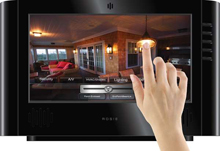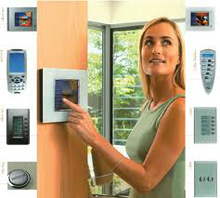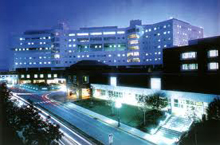
Home Automation System
Home Automation System is not a subject to be taken lightly. So much time and effort is put into purchasing a home, building a home, designing a home, decorating a home and living in a home, yet often there isn’t enough time put into protecting your home. It is important to invest in home security measures because home security system protects you and your family, protects your valuables and provides peace of mind
A smart way to safeguard one’s home, ZARA provides its Home Alarm System which is armed with one of the most sophisticated technologies and a user-friendly application, this device is a deterrent to any attempts of break-in to one’s house. Backed by an emergency response service-alert 24×7, the Home Alarm System acts as your virtual security guard throughout the year keeping your worries at bay whether you are at home or away.
Benefits


Building Management System
A Building Management System (BMS) is a computer-based control system installed in buildings that controls and monitors the building’s mechanical and electrical equipment such as ventilation, lighting power systems, fire systems, and security systems.
A BMS is most common in a large building. Its core function is to manage the environment within the building and may control temperature, carbon dioxide levels and humidity within a building. As a core function in most BMS systems, it controls heating and cooling, manages the systems that distribute this air throughout the building (for example by operating fans or opening/closing dampers), and then locally controls the mixture of heating and cooling to achieve the desired room temperature. A secondary function sometimes is to monitor the level of human-generated CO2, mixing in outside air with waste air to increase the amount of oxygen while also minimising heat/cooling losses.
Systems linked to a BMS typically represent 40% of a building’s energy usage; if lighting is included, this number approaches 70%. BMS systems are a critical component to managing energy demand. Improperly configured BMS systems are believed to account for 20% of building energy usage, or approximately 8% of total energy usage in the United States.
As well as controlling the building’s internal environment, BMS systems are sometimes linked to access control (turnstiles and access doors controlling who is allowed access and egress to the building) or other security systems such as closed-circuit television (CCTV) and motion detectors. Fire alarm systems and elevators are also sometimes linked to a BMS, for example, if a fire is detected then the system could shut off dampers in the ventilation system to stop smoke spreading and send all the elevators to the ground floor and park them to prevent people from using them in the event of a fire.


Industrial Automation System
IAS are typically used in industries such as electrical, water, oil, gas and data. Based on information received from remote stations, automated or operator-driven supervisory commands can be pushed to remote station control devices, which are often referred to as field devices. Field devices control local operations such as opening and closing valves and breakers, collecting data from sensor systems, and monitoring the local environment for alarm conditions.

Powered by WHY Global Services